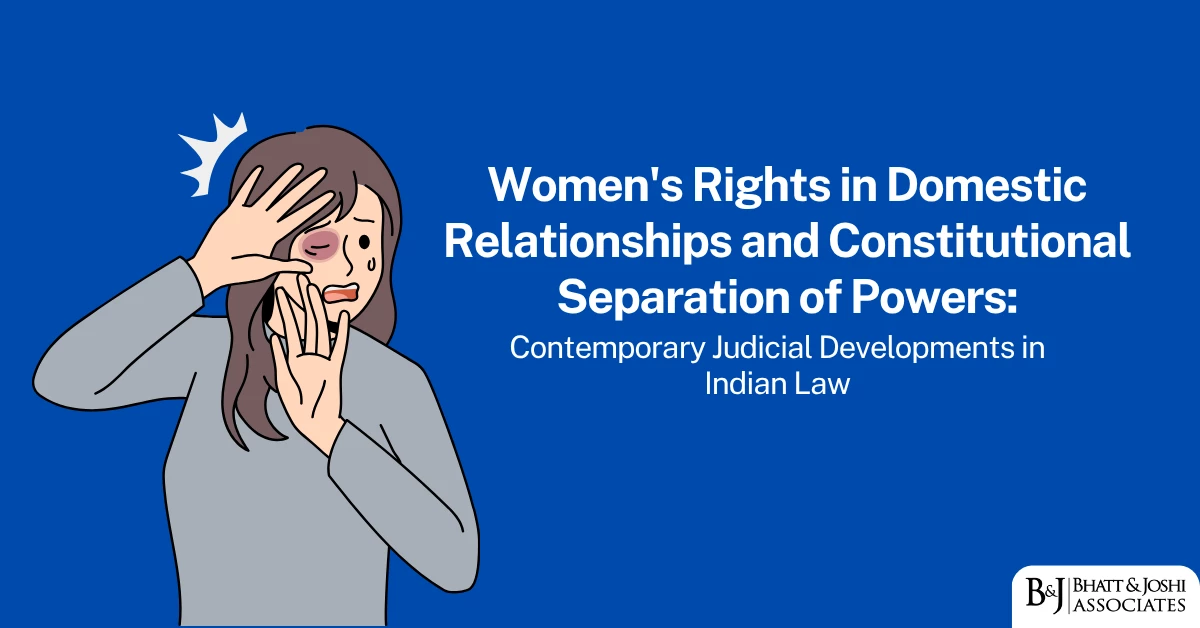Customs duty is a form of indirect tax which is imposed at the time of both import and export of goods and services. The tax which is imposed on the import of goods and services are is known as Import duty and for export of goods and services are known as Export duty. The government levied these taxes on the export and import of goods and services for raising money and to protect the domestic establishment from competitors which are in other countries.

Customs Act 1962
Under the customs Act 1962, Customs Duty is an indirect tax. The Article 265 of India’s Constitution provides that “no tax shall be levied or collected except by authority of law”. The customs Act 1962 and the Customs Tariff Act, 1975 are the two primary statutes that govern the entry and exit of goods into or from the country.
The object of customs Act 1962, which extends to the whole if India is:
- To levy and collect Duties
- Regulation of Import and Export
- Prevention of illegal activities such as smuggling
- Protection of Domestic Trades
- To Encourage and conserve Foreign exchange
The Government of India brought a major change in the tax collection system of a nation. For this, a new concept came into existence is GST (Goods and Services Tax). It is a new tax collection system in which customer is required to pay when they are using any goods and services.
Customs duty has two components, i.e. Basic Customs Duty (‘BCD’) and IGST; BCD is not creditable and hence becomes a cost, while IGST is creditable and therefore could be cash flow issue for business. Effective median rate of customs duty has split into a few slabs (depending on the IGST rates of 5%, 12%, 18% and 28%). Accordingly, as against the pre-GST customs duty median rate of approximately 26%, the post GST median rate could range up to approximately 37%.
Three categories of GST:
- Central Goods and Services Tax
- State Goods and Services tax
- Integrated Goods and Services Tax
Both CGST and SGST apply to the intra-state transactions whereas the IGST applies to the inter-state transactions.Customs duty is being replaced by IGST, which means instead of Custom duty, Integrated Goods and services tax is applicable on every export and import of goods and services.
IGST on imported goods would be levied and collected as per Section 3(7) of Customs Tariff Act, 1975 (‘Tariff Act’) on value determined under the Tariff Act, at the point when customs duties are levied under the provisions of customs law.
IGST Act 2017, defines the import of goods to bring merchandise to India from anywhere outside India. Imports of goods and services regarded as inter-state supplies and integrated tax that will be imposed on them with other applicable customs duties.
After introducing GST, a drastic change that came in the entire tax system. It holds all indirect taxes such as Central Excise Duty, State level tax, Service charges and convert it into a single tax which is known as GST. On the import of goods, only the integrated tax along with the basic customs duty will be chargeable.
Customs law provisions including drawback, exemptions would equally apply to IGST and GST Cess as well. Bill of entry will continue to be the valid document for taking credit of IGST and GST Cess paid on imported goods; credit of GST Cess credit can only be utilised for payment of GST Cess on the revenue side The import of goods has been defined in the IGST Act, 2017 as bringing goods into India from a place outside India. All imports shall be deemed as inter-State supplies and accordingly integrated tax shall be levied in addition to the applicable Custom duties. The IGST Act, 2017 provides that the integrated tax on goods imported into India shall be levied and collected in accordance with the provisions of the Customs Tariff Act, 1975 on the value as determined under the said Act at the point when duties of customs are levied on the said goods under the Customs Act, 1962.
Aspects of GST interplay with customs
- Taxable event – International trade creates a mirage of two taxable events on the same transaction – that of ‘supply’ under GST law and ‘import’ or ‘export’, as the case may be, under Customs law. A clear perspective and position on the taxable event vis-à-vis specific business transaction is very much at the core of being able to correctly identify consequent compliances and obligations.
- Common language of classification – GST adopts the global language of classification of goods, based on the Harmonised System of Nomenclature (HSN) at a four digit level while Customs adopts the same classification at an eight digit level. Adopting the customs classification) for GST purposes, and variances is an important consideration for consistency in compliances.
- Valuation – Transaction value of imported goods will continue to influence ‘in-bond sale transactions’ before clearance from customs frontier and so would be the case for export goods where incentives and refund claims will have a bearing on customs valuation of goods in the shipping bill.
- Input credit of import duty – IGST paid at the time of import is available as credit down the domestic supply chain and hence import documents remain an important part of GST credit chain for imported goods. Similarly, GST embedded in export goods is to be reclaimed by the exporter on the basis of export documents filed with customs











